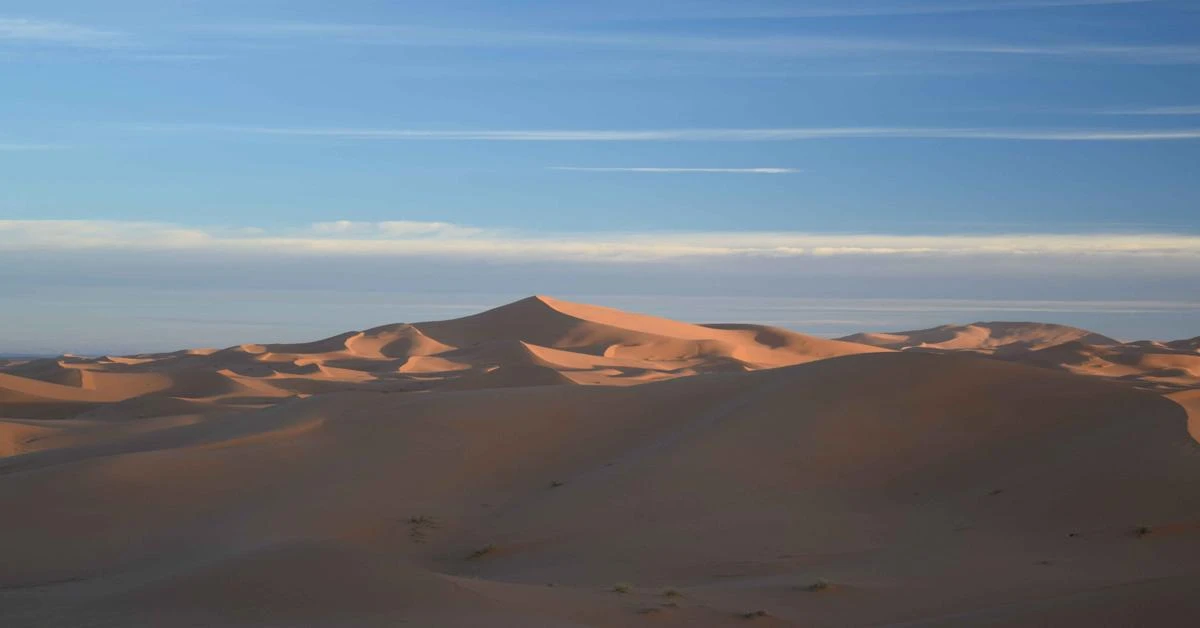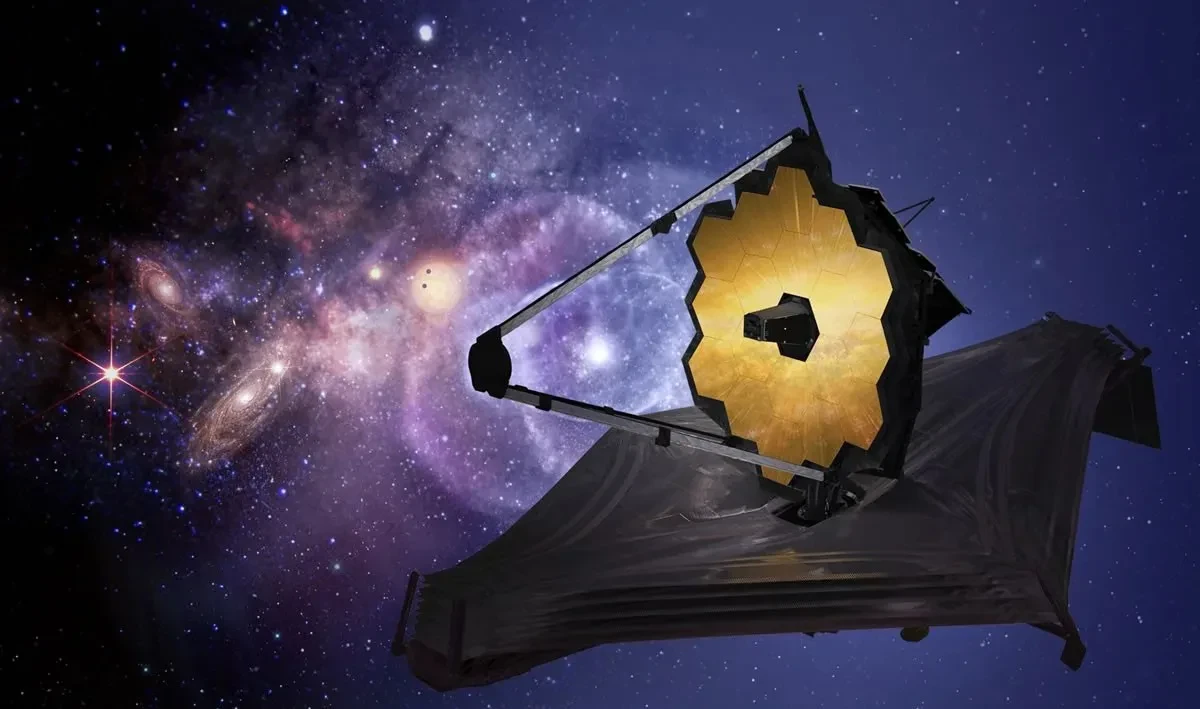Scientists unlock secrets of Earth’s most enormous desert sands

Scientists have achieved a groundbreaking revelation by determining the age of star dunes, complex pyramid-shaped sand formations on Earth and Mars
Scientists have made a significant breakthrough by successfully dating Earth’s star dunes, the intricate, pyramid-shaped sand structures.
The study, led by professor Geoff Duller at the University of Aberystwyth and professor Charles Bristow at Birkbeck University, focused on the Lala Lallia star dune in Morocco, concluding that it formed approximately 13,000 years ago.
Star dunes, which can reach hundreds of meters, are created by opposing winds and are found in regions like Africa, Asia, North America, and even Mars.
The researchers employed luminescence dating, which analyzes trapped electrons in quartz grains to determine the time since the grains were last exposed to sunlight or heat.
This innovative method allowed scientists to unravel the enigma behind the star dune’s age and growth patterns.
The Lala Lallia dune, situated in Morocco’s Erg Chebbi sand sea, stands 100 meters (328.08 feet) tall and spans 700 meters wide with radiating arms.
One of the remarkable findings was that the Lala Lallia dune ceased growing for approximately 8,000 years after its initial formation before experiencing rapid expansion in the past several thousand years.
This unique growth pattern offers valuable insights into that era’s climate conditions and wind dynamics.
Source: Newsroom
#haber#



